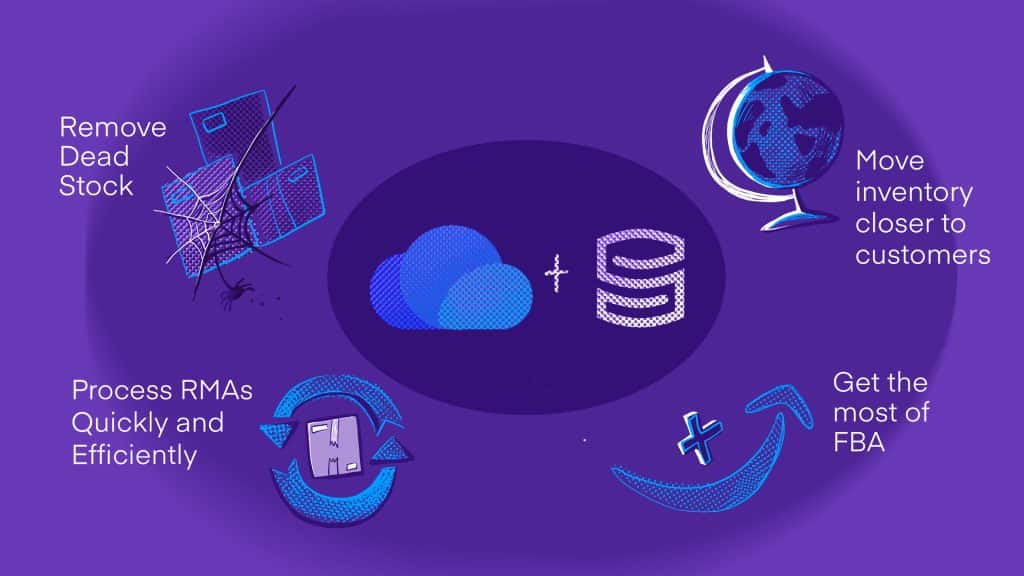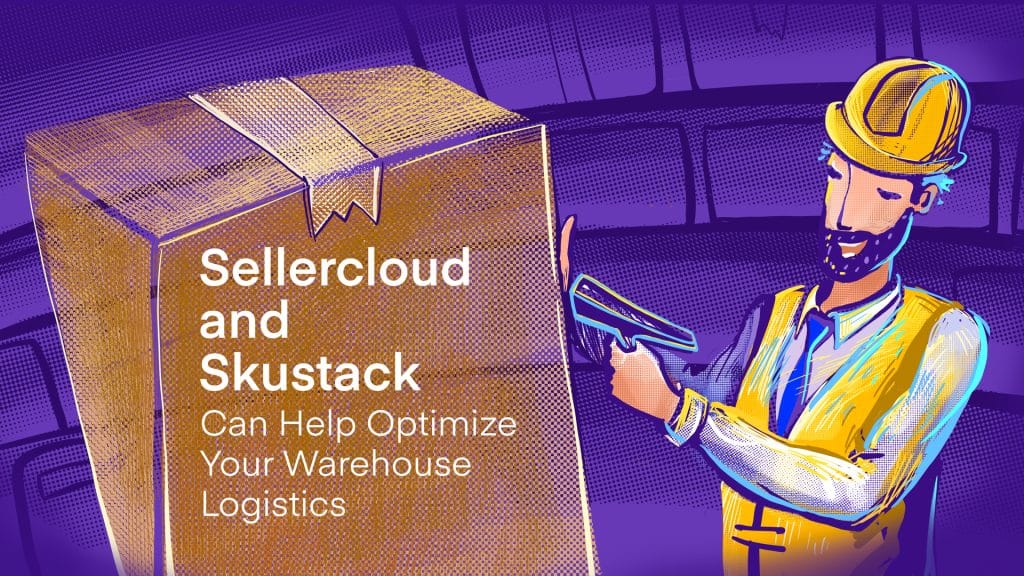
American commercial real estate powerhouse JLL “expects e-commerce sales could hit $1.5 trillion by 2025 — which would increase the demand for industrial real estate to an additional 1 billion square feet.”
While the former is amazing news for e-commerce sellers, the latter should give them pause.
As the e-commerce industry grows rapidly, so will the demand for available warehouse space.
Worldwide, real estate investors are taking notice as insurers are looking to trade sinking commercial investments in office space and storefronts for warehouses.
This may not seem especially noteworthy for sellers who rely on third-party logistics (3PL) and fulfillment providers, but it should be.
As retailers, large and small, flock to ecommerce, demand for space will rise, and costs will likely follow.
Furthermore, selling during COVID-19 has proven that relying on the most popular fulfillment and warehousing options, while convenient, can often prove detrimental with a single policy or terms of service shift.
Amazon is Once Again Limiting Third-Party Inventory Storage
At the beginning of the pandemic e-commerce boom, Amazon made headlines for limiting the types and quantities of products shipped to and sold through their popular Fulfilment by Amazon (FBA) service.
Eventually, these limits were lifted, but not before FBA sellers felt the effects. While the e-commerce industry saw record sales overall, many FBA merchants struggled.
Once again, Amazon is reducing its warehouse space, this time in preparation for its delayed Prime Day and the subsequent holiday rush.
Specifically, sellers with an IPI score under 500 as of July 13 will be subject to storage volume limits from August 16, 2020, through December 31, 2020.
While this should not cause anywhere near the disruption caused by Amazon’s COVID-inspired FBA policy shift this past April, it again demonstrates that overreliance on marketplace-based fulfillment and warehousing solutions can leave you vulnerable to the logistics strategies (and subsequent whims) of companies that have their interests at heart—not yours.
This is not to say that 3PL and marketplace-based fulfillment options are fruitless—Sellercloud data shows that quarter over quarter, these services help businesses achieve tremendous sales.
However, with the warehouse market poised to become highly competitive, now is the time to explore ways to solidify warehousing options that will best serve your fulfillment needs and your bottom line.

Sellercloud and Skustack Can Help Optimize Your Warehouse Logistics
Since speculation and demand will drive up the cost and limit the availability of new warehouse space for the foreseeable future, you need to make the most of every square foot of space you have.
Streamlining your warehouse management will be vital for increasing and protecting your profits in this era of rapid e-commerce growth.
Enter Skustack—Sellercloud’s patented warehouse management system (WMS). Skustack allows e-commerce businesses, like yours, to locate each piece of inventory across every warehouse and shipment.
PO receiving, cycle counting, order picking, RMAs, locale management, warehouse tracking, and more are all managed at the granular level, so you can be confident that every item is exactly where it should be.
Moreover, the Skustack warehouse management platform is fully integrated with Sellercloud, so managing your warehousing logistics could not be easier.
Given the current state of warehouse demand, Skustack is an essential tool for optimizing your existing and future warehouse space.
Clear Dead Stock
With warehouse space at a premium, there’s no use in keeping damaged, defective, returned, or otherwise unsellable merchandise on the shelves.
Skustack offers robust cycle-counting features that, among other things, make it easy to find and flag dead stock for removal.
For FBA sellers, Amazon’s ‘Free Removal Program‘ offers an excellent opportunity to do just that.
Process RMAs Quickly and Efficiently
With any increase in e-commerce sales inevitably comes a rise in returned merchandise.
Skustack makes it easy to ensure RMA shipments are sorted and stored in a predictable, organized manner to minimize their impact on your valuable warehouse space.
Get the Most Out of FBA
As FBA limits affect what and how much inventory Amazon will store for you, your margins of error will undoubtedly shrink.
Thankfully, Skustack can help streamline your FBA workflow. With Skustack, you can be sure that order components are picked, labeled, and shipped quickly and accurately.
Move Inventory to Where Your Customers Are
One of the key ways to reduce logistics costs is to locate your inventory close to your customers.
Shorter travel distances mean faster fulfillment and lower shipping costs. Ecommerce is booming worldwide, and so will the demand for international warehouse space.
Skustack makes it easy to transfer your inventory where you need it while also keeping track in real time of how much you have and where it all is.
Logistics are always a make-or-break point for successful e-commerce ventures. As competition for customers grows, so does the competition for inventory storage and order processing efficiency.
To compete, you must have a plan and the tools to execute it.
Contact us directly for a free demo and consultation on how the combination of Skustack and Sellercloud can streamline and optimize your warehouse management workflows.




